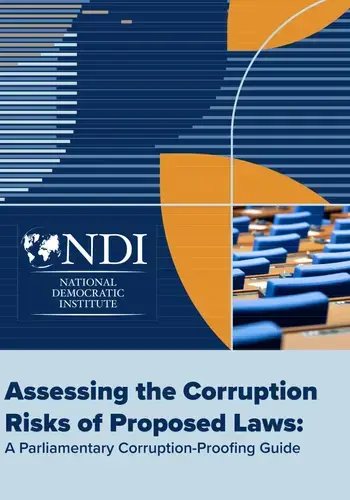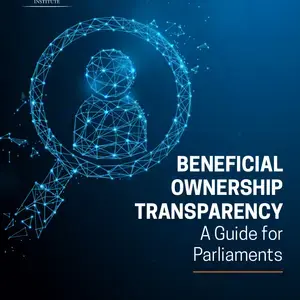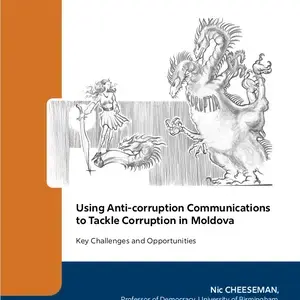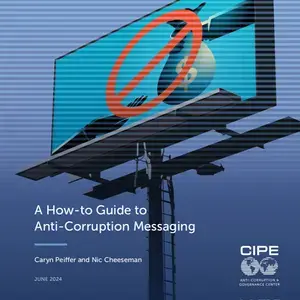For media inquiries, please contact Paulina Chavez [email protected].
Parliaments play an essential role in preventing corruption, including through a sound legislative process and rigorous legal drafting. The risk of corruption increases when the legislative process is opaque or the resulting laws include imprecise definitions, weak enforcement powers, ambiguous accountabilities, or excessive exemptions. There is also the possibility that the law itself was written with corrupt intent or to benefit a select group or harm others. To avoid such risks, legal drafters should follow well-formulated legal drafting guidelines, as well as consultation and transparency principles. Corruption proofing or corruption risk assessment (CRA) of legislation is a preventative measure that involves the review of legal acts (primary and secondary legislation, as well as other regulations) in order to minimize the risk of future corruption. While a CRA requires the application of a specialized methodology for reviewing and improving legal acts, it can also improve their overall quality and enhance public debate, which brings new perspectives and scrutiny to the legal process. CRAs can also create additional avenues for deeper engagement of civil society, which is an important player in assessing corruption risks and mitigating them.
To provide a set of guidelines and recommendations towards implementing corruption-proofing measures in legislation, the National Democratic Institute (NDI) developed a guide on how a CRA methodology can be incorporated into the standing rules of parliament or the legislative practices of different parliaments and is reflective of consultations with stakeholders in Iraq and Thailand. The guide includes a checklist of issues and potential risk-bearing factors a CRA should consider, notably enforcement, substantive and process risks. A CRA is only an assessment of risks and does not itself alter the contents of a proposed law. Therefore, it is up to individual parliaments to make the preparation, circulation and meaningful consideration of a CRA a standard part of their pre-enactment analysis and legislative process. While the primary audience is legislative stakeholders, the guide can be adapted and utilized by anti-corruption institutions, executive branch agencies and civil society organizations (CSOs).




